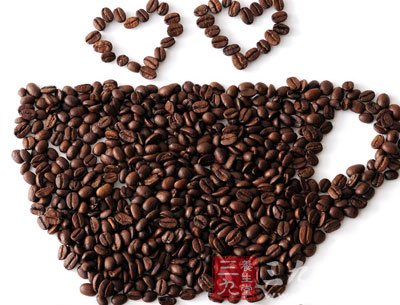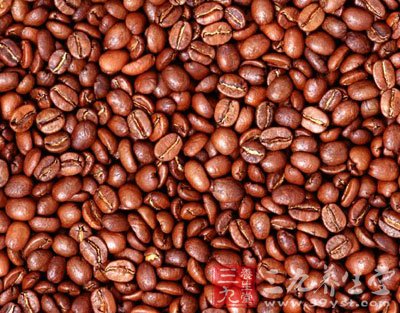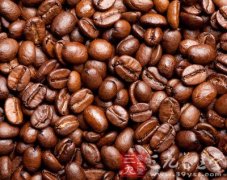Coffee beans must be stored in a dry environment to explain coffee bean preservation skills (2)
Two coffee bean production methods
After harvest to market before shipment to remove the skin, pulp, skin and silver. There are two methods: drying (also known as natural method or non-washing) and washing.

Drying formula:
The method is simpler. First of all, the fruit will be just picked widely spread in the sun for a week or two, until the fruit issued a cracking sound so far, natural drying. After that, the husker removes the dried pulp, endocarp and silver skin.
Coffee beans refined in this way are slightly sour and bitter. Almost all coffee beans grown in Brazil, Ethiopia, Yemen and other places are obtained in this way. The disadvantages of this method are that it is easily affected by weather and easy to incorporate defective beans and other impurities. Therefore, it must be carefully screened.

Water washing:
The fruits to be harvested are put into a flowing water tank, and after the fruits floating on the water surface are removed, the skin and pulp are removed by a pulp removing machine. Then put it in the sink and remove the floating pulp. After that, move into the fermentation tank, soak for half a day to a day, and then dissolve the colloid on the surface of the fermented coffee beans.
After washing with water, drying for several days, drying with a machine, and finally removing the endocarp with a huller, it becomes a raw coffee bean that can be used as a commodity. In this way, coffee beans will be more beautiful than dry coffee beans, and less impurities. Colombia, Mexico, Guatemala and other countries about 70% of the production are using this method.
Important Notice :
前街咖啡 FrontStreet Coffee has moved to new addredd:
FrontStreet Coffee Address: 315,Donghua East Road,GuangZhou
Tel:020 38364473
- Prev

The storage environment of coffee beans must be dry. Explain the preservation skills of coffee beans.
Editor's note: some white-collar workers like to buy their own coffee beans and grind their own coffee with a coffee machine, which takes into account the preservation of coffee beans, it is impossible to drink and buy one at a time. What are the correct and effective ways to preserve coffee? The preservation method of coffee beans fresh coffee is extremely sensitive to the storage environment, in recent years experts highly recommend the use of aluminum foil packaging material
- Next

Coffee bean storage environment must be dry explain coffee bean preservation skills (3)
Coffee beans are fresh and green raw beans obtained by removing their red flesh, peel and silver skin from coffee cherries. The structure of coffee cherry is exocarp, pulp, endocarp, silver peel and seed from outside to inside. Coffee cherries are oval in shape. Coffee beans can be divided into round beans and flat beans, round beans refer to a coffee cherry, usually have two coffee beans, but some due to embryonic development
Related
- Beginners will see the "Coffee pull flower" guide!
- What is the difference between ice blog purified milk and ordinary milk coffee?
- Why is the Philippines the largest producer of crops in Liberia?
- For coffee extraction, should the fine powder be retained?
- How does extracted espresso fill pressed powder? How much strength does it take to press the powder?
- How to make jasmine cold extract coffee? Is the jasmine + latte good?
- Will this little toy really make the coffee taste better? How does Lily Drip affect coffee extraction?
- Will the action of slapping the filter cup also affect coffee extraction?
- What's the difference between powder-to-water ratio and powder-to-liquid ratio?
- What is the Ethiopian local species? What does it have to do with Heirloom native species?

